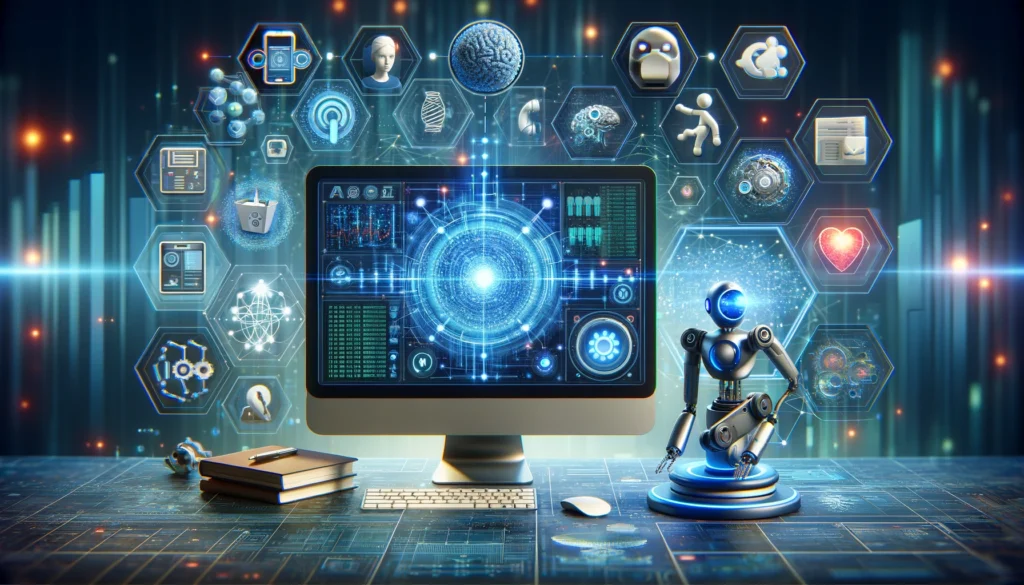In our ongoing exploration of Artificial Intelligence (AI), we’ve covered its origins and major milestones. Now, it’s time to spotlight Machine Learning (ML). Machine Learning drives many AI systems, transforming theoretical models into practical applications we use daily.
What is Machine Learning?
Machine Learning is a branch of AI that focuses on creating systems that learn from data, identify patterns, and make decisions with minimal human intervention. Unlike traditional programming, where explicit instructions are coded, ML allows systems to learn from examples. To dive deeper, visit this detailed guide on Machine Learning.
How Does Machine Learning Work?
ML uses algorithms to parse data, learn from it, and make decisions or predictions. These algorithms improve over time by continuously incorporating new data—a process called training. The more data the algorithm processes, the better it becomes at making accurate predictions. Learn more about how ML works here.
Types of Machine Learning
- Supervised Learning: The model trains on labeled data, learning to predict outputs from inputs. Examples include spam detection and customer churn prediction. Explore more on supervised learning here.
- Unsupervised Learning: Here, the data isn’t labeled. The model tries to find patterns and groupings, like segmenting customers into clusters for marketing.
- Reinforcement Learning: Agents make decisions and learn from feedback, receiving rewards or penalties. This approach is common in robotics and gaming.
Machine Learning in Everyday Applications
We interact with machine learning daily, often without realizing it. Google Maps uses ML for navigation, Netflix for personalized recommendations, and digital assistants like Siri and Alexa use it to understand and respond to our queries. These systems analyze vast amounts of data to improve user experience.
Machine Learning’s Role in Advancing AI
Machine Learning is crucial in advancing AI capabilities. As ML models advance, they can handle more complex tasks. For instance, deep learning—a subset of ML using multi-layered neural networks—has made significant strides in speech recognition, language translation, and medical imaging.
Challenges and Future Directions
Despite its capabilities, machine learning faces challenges. Data privacy, biases in training data, and high computational power requirements are significant concerns. Addressing these issues is crucial for the responsible and ethical use of ML technologies. Learn about the ethical challenges in ML here.
Conclusion
Understanding Machine Learning is vital for grasping the future of AI. As the backbone of AI technologies, ML drives innovation and transforms industries. By harnessing data, ML enhances technological capabilities and impacts daily life, making interactions with technology smarter and more intuitive. As we continue exploring AI’s applications, ML will remain a key focus, bridging the gap between theoretical AI and real-world impact.
Stay tuned for more insights in our series on AI, providing updates and in-depth analysis. Explore the full series here.

